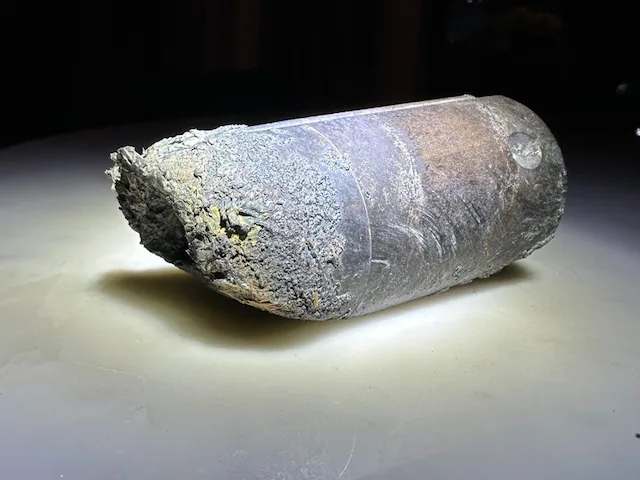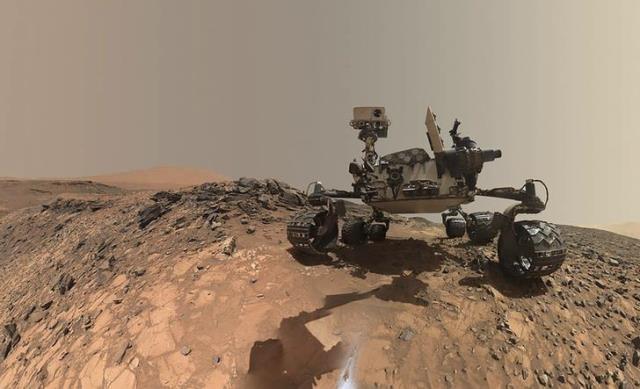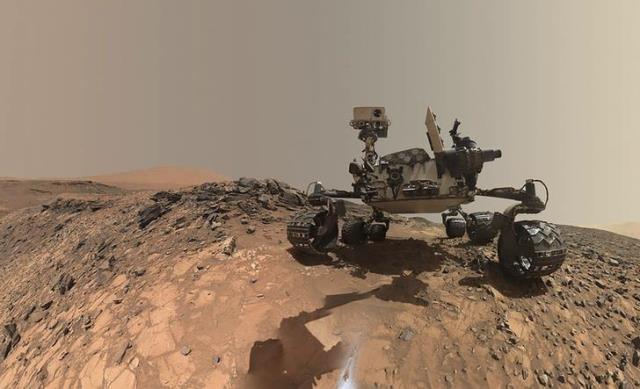NASA Confirms ‘Mysterious Object’ That Hit Florida Man’s House Originated From Space Station
A Florida man’s recent encounter with a mysterious object that crashed through his roof has been officially linked to the International Space Station (ISS), according to NASA officials. The space agency confirmed Monday that the debris, which initially puzzled local officials and scientists, is actually a fragment of recent space station activity.
The unusual incident happened last month when Naples resident Alejandro Otero’s son was startled by a loud noise in his living room. Upon investigation, a small metallic object was found on his son’s living room floor. “It was like a science fiction movie,” Otero told reporters.
NASA responded quickly to images of the object circulated on social media, sending a team to Otero’s home to retrieve the debris and conduct initial testing. Initial examinations showed that the composition of the material was consistent with that used in the space station module.

Image Source: news18.com
NASA ground controllers used the International Space Station’s robotic arm to release cargo pallets containing old nickel hydride batteries from the space station following the delivery and installation of new lithium-ion batteries as part of a power upgrade at the orbital outpost. The total mass of hardware released from the space station was approximately 5,800 pounds,” the space agency detailed in a blog post.
The incident has raised questions about the safety of re-entry of space debris, which NASA is closely monitoring. “Although most space debris burns up in the atmosphere, small pieces can occasionally reach the surface,” the agency confirmed. He reassured the public that NASA is committed to ensuring that these events are kept to a minimum and that they maintain rigorous tracking systems to monitor the objects as they return to Earth.
Meanwhile, Alejandro Otero is left with minor repairs on the house and an extraordinary story. “It’s not every day that a part of the space station lands in your living room,” he said with a smile.
NASA promised to cover all repair costs for the damage caused to Otero’s home and invited him to attend the launch as a special guest, offering him a closer look at those operations. Which have indirectly affected their household.
As space agencies continue to explore and exploit Earth’s orbit, incidents like this are important reminders of the complexities and risks associated with space debris and the importance of sustainable space exploration practices.


